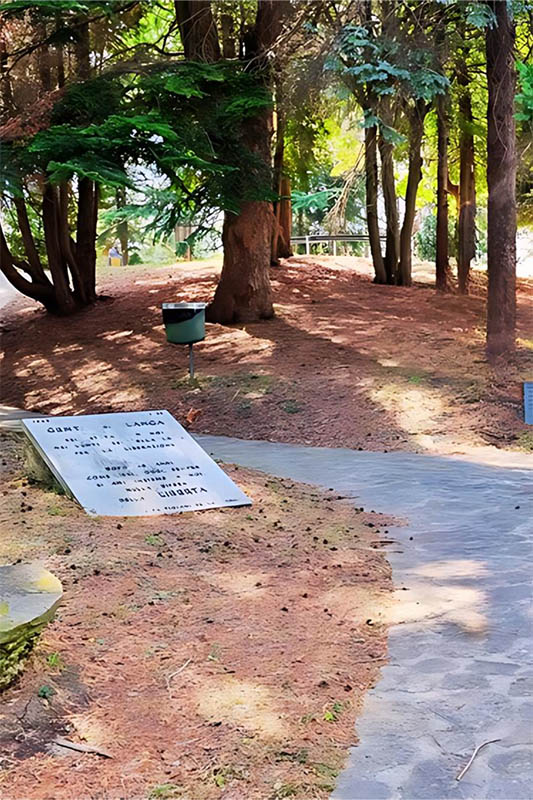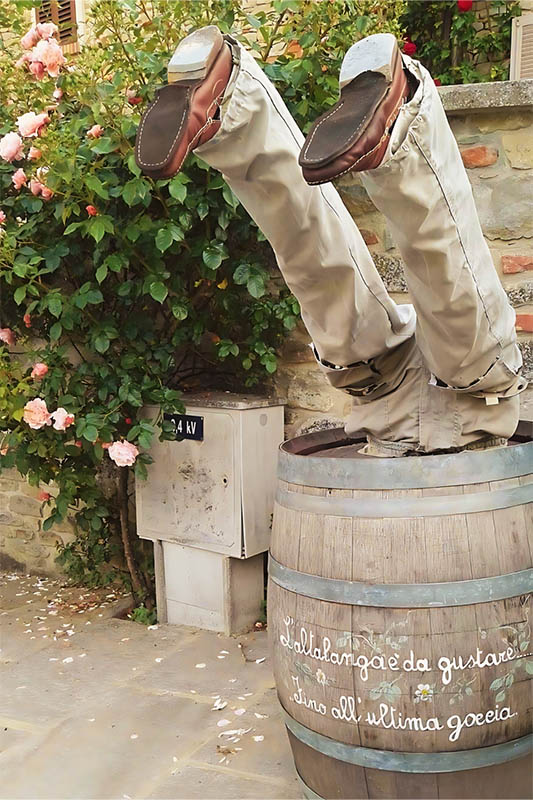Discover what to see in Bossolasco, the village of roses in Alta Langa
Bossolasco is a beautiful village perched on the high peaks of Alta Langa, about 800 meters above sea level. Alta Langa, as covered in other articles, is that part of Langa that is over 500 meters in altitude between the Belbo and Bormida valleys and is highly appreciated for its picturesque scenery. Here, in addition to finding the rows of vines of the now well-known Alta Langa classic method, you will encounter mountain landscapes with forests and valleys.
These are the characteristics that have made Bossolasco a village dedicated to nature tourism and to all those who need to carve out a space for relaxation.
Its history
Many believe that a settlement already existed in Roman times under the name of Buxale ad Belbum (a place covered with boxwood forests near the Belbo). In the medieval age, the name was transformed into Buzzolasco and appeared in an official document for the first time in 1077. At that time, it was included in the vast estates of the Del Vasto family.
It was then inherited by the Marquises del Carretto, who transformed Bossolasco into an important commercial and strategic center. In the 14th century, they built a castle and an imposing city wall, ending with the establishment of a marquisate.
In 1735, Bossolasco passed to Duke Charles Emmanuel III of Savoy, who united all of Piedmont under his crown. The fate of Bossolasco and the Savoy family remained linked (except for the Napoleonic period) until World War II.
In the post-war period, thanks to some Turin painters who found here the tranquility and artistic inspiration they could not get in the metropolis, including Francesco Menzio and Enrico Paolucci, its tourist history began. Since then, Bossolasco’s fame has grown, especially among foreign tourists from Northern Europe, who increasingly enliven its streets.
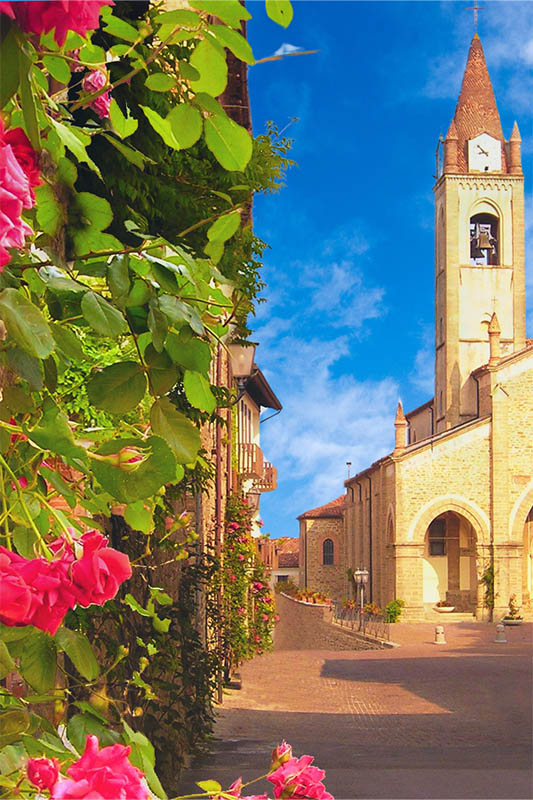
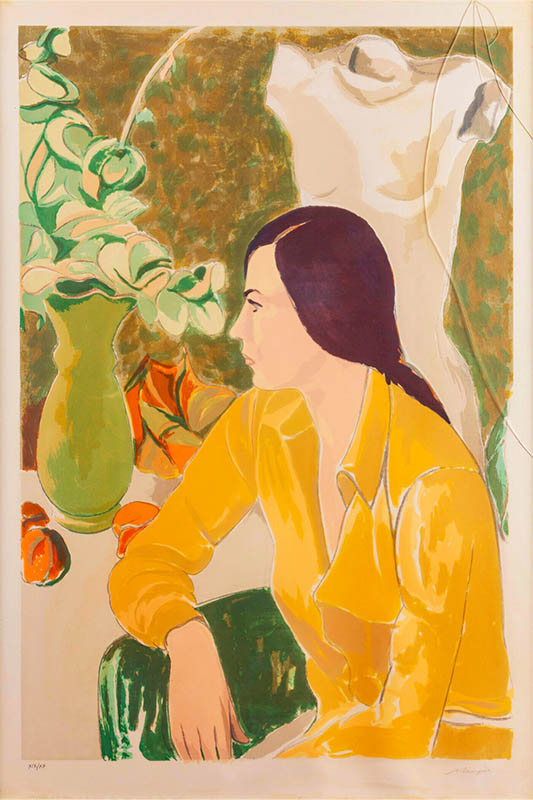
The Church of San Giovanni: Gothic history and architecture
The Church of San Giovanni is located in the highest part of the village and is easily recognizable by its bell tower, which rises high above the rooftops; the bell tower is the only remaining part of the original medieval church, as the church was rebuilt and expanded several times over the centuries. In 1927, the last reconstruction occurred, and the priest of the time decided to maintain the Gothic-Lombard style, using only stones from the Belbo River and indulging in the luxury of raising the bell tower by a few meters.
Inside, which is very atmospheric, you will find three naves with superbly decorated ribbed vaults, while in the apse and presbytery, you can see frescoes by Ovidio Fonti in the typical style of the 15th century.
The Angel of Alta Langa: a symbol of courage
Next to the Church of San Giovanni, you can admire the Angel of Alta Langa, a creation by Daniele Cazzato, which has quickly become one of the symbols of Bossolasco. For this impressive work, the artist was inspired by the history of the inhabitants who, during World War II, sheltered and hid a group of Jews fleeing persecution.
This emotional angel wraps one wing around the persecuted people while the other, extended forward, protects them from external threats.
Go see it, don’t miss it! You’ll feel as if you’re being embraced by a mother or grandmother!
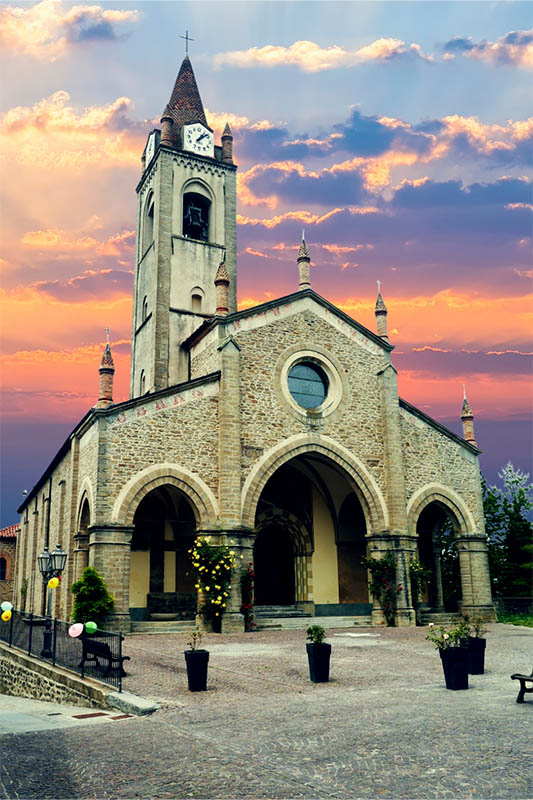
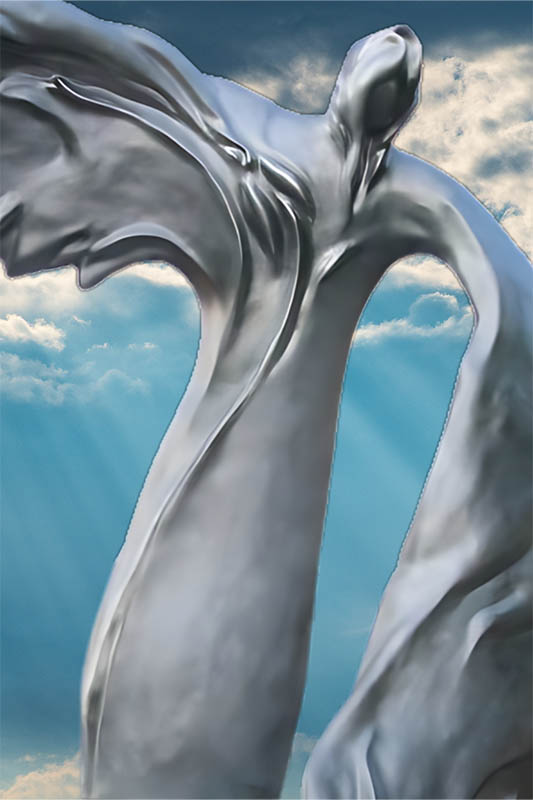
Historic Center: roses and passion
The historic center of Bossolasco develops along the crest of a hill with beautifully maintained houses made of local stone. The main street, Via Umberto I, is a display of thousands of varieties and colors of roses, making this small village a jewel, the most beautiful in the area.
Roses are truly a common thread, and on Viale della Rimembranza, on the edge of the historic center, you will find the Park of Rare and Ancient Roses. This is a tree-lined avenue where roses of very particular varieties are cultivated, enveloping you with their colors and scents.
Palaces and historic signs
In the historic center, go see the Palazzo Balestrino of the Marchesi del Carretto, also known as the “Palazzone” for its imposing size. It was built in the 1600s as the residence of the marquises and replaced the old castle, which had been destroyed by many wars. It was, and still is, so large that it was used as a courthouse, prison, school, and nursery.
The Town Hall, on the other hand, was created from an ancient deconsecrated church that the people of Bossolasco had built in fulfillment of a vow to the Madonna during the 1630 plague. Inside, in the Council Chamber, there are some Historic Signs painted by the artists who lived in Bossolasco after the war: they expressed their affection and gratitude for the village that welcomed them by creating signs for the shops.
Over time, the Municipality decided to protect them from the weather to preserve that precious memory, but to keep them visible to visitors, they created faithful copies that you can see along the wall of the main street.
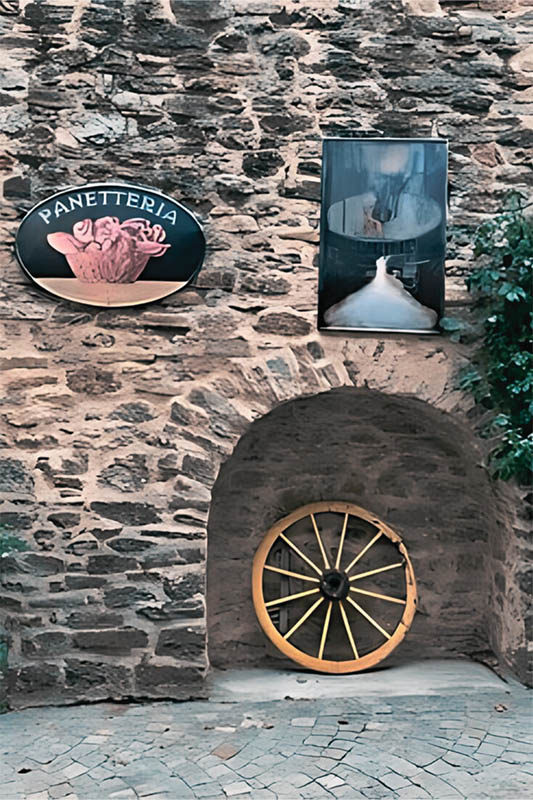
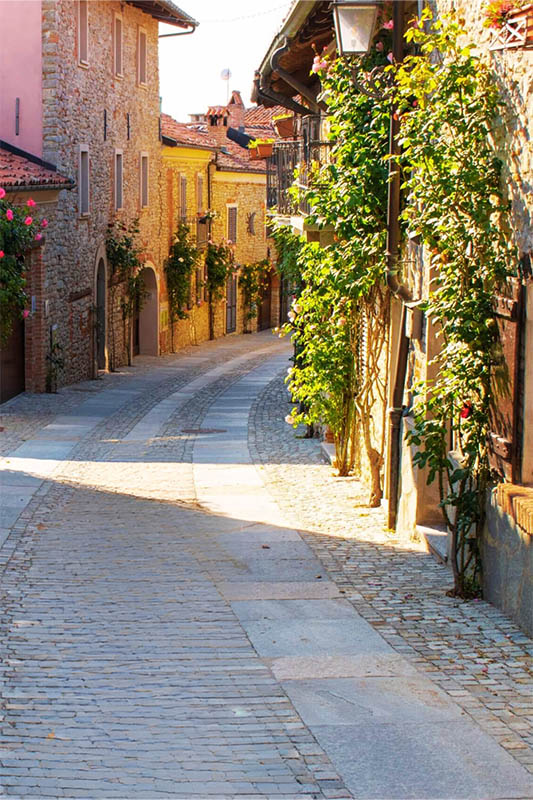
Nature trails: panoramic paths and history through woods and hills
Bossolasco is a perfect destination for those who want to spend a few days immersed in nature!
Some looped Nature Trails have been marked out to help you discover the most interesting and scenic areas around the village.
From Circonvallazione Bauzano, the Biancospino Trail (you will walk along the ancient Roman road that connected Bossolasco to the Belbo Valley) and the Orchidea Trail will take you through an enchanting forest where you will find the caves where partisans hid and the Torretta del Casino.
From the Fontana Azzurra locality, the Rosa Canina Trail begins, along which you can admire many spring sources and reach the Chapel of Santa Maria degli Angeli.
From Colle della Resistenza, the Papavero Rosso Trail starts, characterized by wild orchids and broom bushes. From here, the Primula Trail also starts, which is shorter but with similar features.
From the Bicocca locality, the Ginestra Trail and the Pervinca Trail originate: on the first, you will walk along the crest of the Bicocca hill and admire a splendid panorama of the Belbo Valley with the Alps in the background; the second will immerse you in the most unspoiled areas of the Bossolasco territory, including the Lago Verde, which originates from the Belbo Stream and where you can also have picnics!
Are you ready to discover Bossolasco and experience an unforgettable adventure among fragrant roses and breathtaking landscapes? Plan your trip now and let yourself be enchanted by the magic of Alta Langa!
See you next time!
